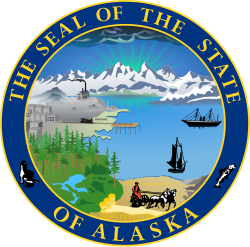An Act Replacing the Political Party Primary with an Open Primary System and Ranked-Choice General Election, and Requiring Additional Campaign Finance Disclosures
This act would get rid of the party primary system, and political parties would no longer select their candidates to appear on the general election ballot. Instead, this act would create an open nonpartisan primary where all candidates would appear on one ballot. Candidates could choose to have a political party preference listed next to their name or be listed as “undeclared” or “nonpartisan.” The four candidates with the most votes in the primary election would have their names placed on the general election ballot.
This act would establish ranked-choice voting for the general election. Voters would have the option to “rank” candidates in order of choice. Voters would rank their first choice candidate as “1”, second choice candidate as “2”, and so on. Voters “1” choice would be counted first. If no candidate received a majority after counting the first-ranked votes, then the candidate with the fewest “1” votes would be removed from counting. Those ballots that ranked the removed candidate as "1" would then be counted for the voters' “2” ranked candidate. This process would repeat until one candidate received a majority of the remaining votes. If voters still want to choose only one candidate, they can.
This act would also require additional disclosures for contributions to independent expenditure groups and relating to the sources of contributions. It would also require a disclaimer on paid election communications by independent expenditure groups funded by a majority of out of state money.
Should this initiative become law?


